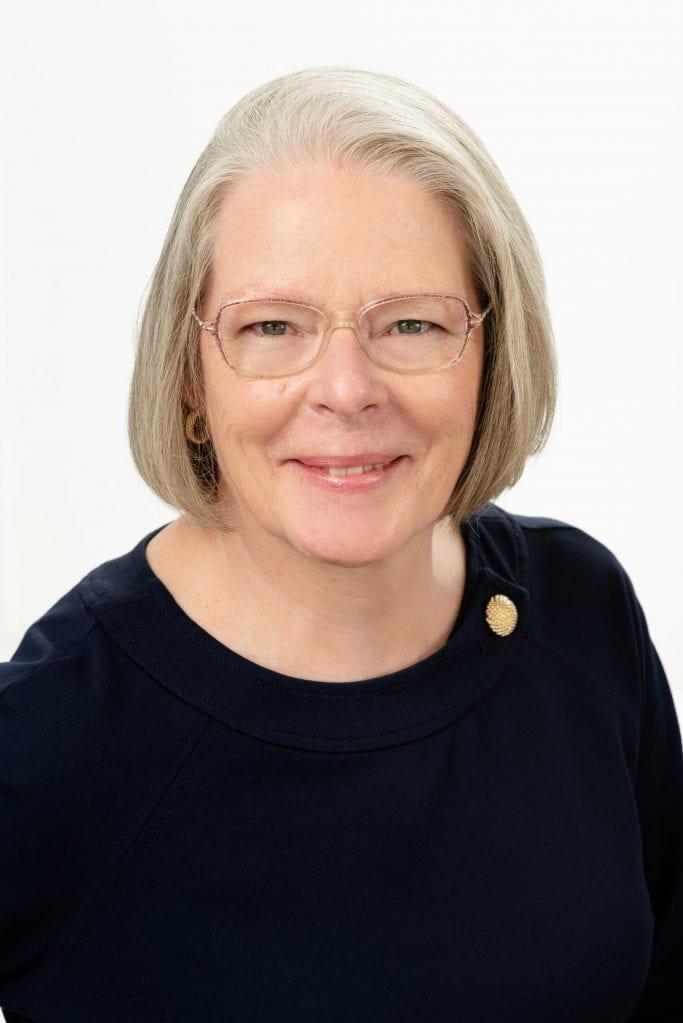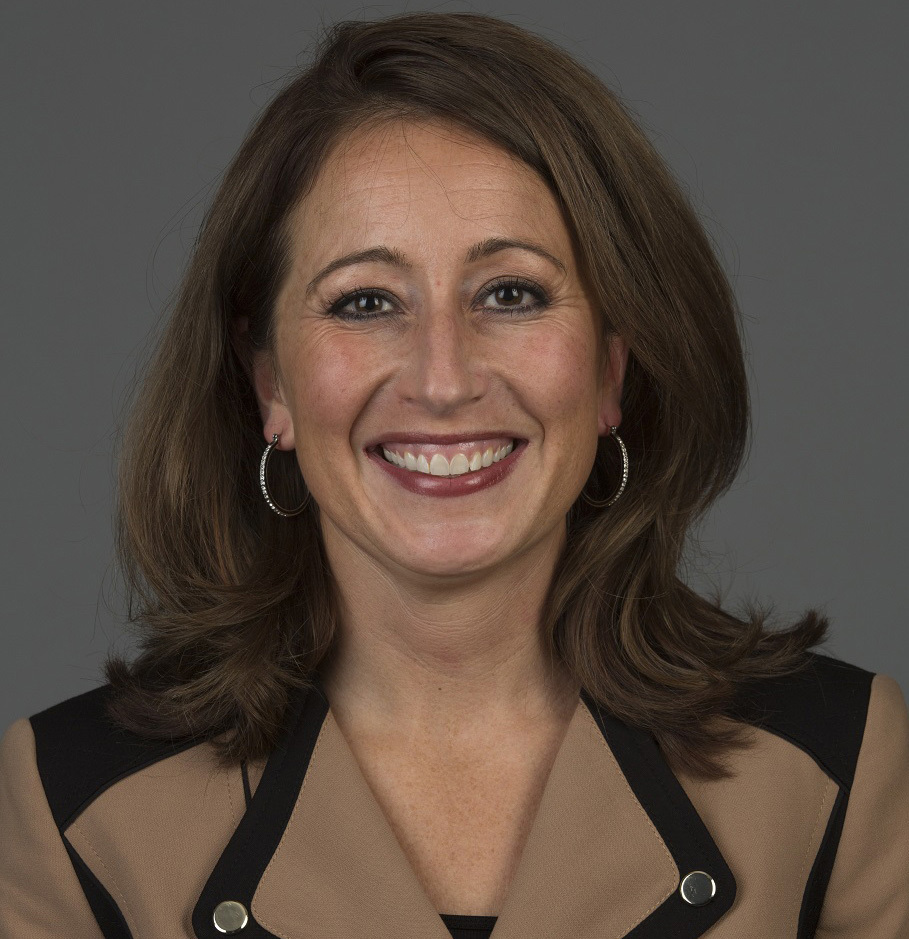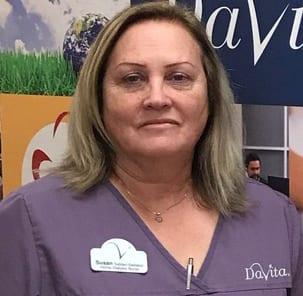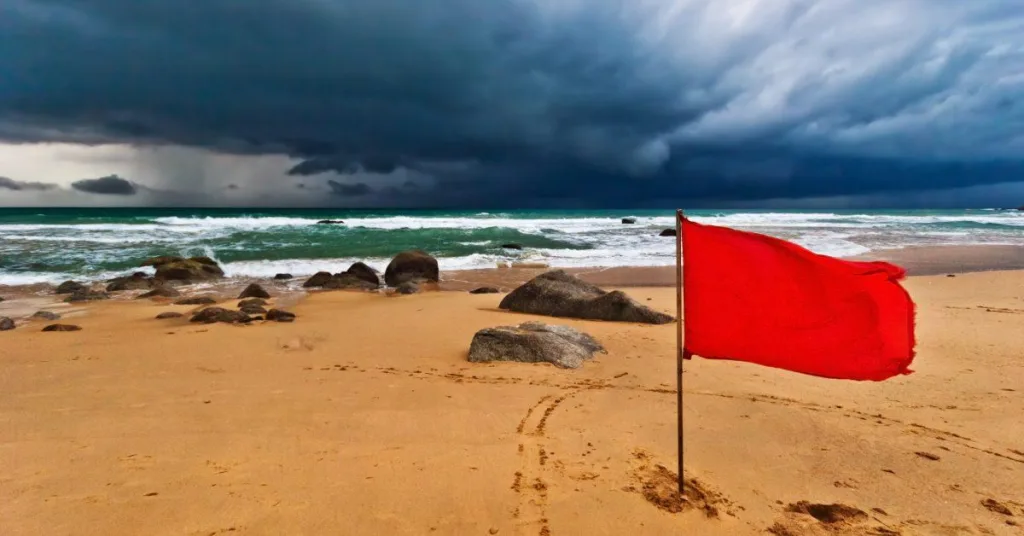North Florida hospitals and healthcare facilities took a hard hit Oct. 10 when Hurricane Michael, a category 4 storm with 155-mile-an-hour winds, made landfall on Florida's Panhandle.
But nurses were ready with disaster plans designed to help them push through the trying times. Hospitals were powerless against the storm's fury. Bay Medical Center Sacred Heart in Panama City sustained severe damage from the storm and had to evacuate hundreds of patients, including ICU patients, according to a statement by the hospital. The devastation was far reaching, with weather warnings or watches issued at Alabama's border and the coasts of Georgia and the Carolinas. But Florida endured the brunt, with the landfall location, Mexico Beach, being all but wiped off the map. Time.com reported that Hurricane Michael killed at least 20 people in Florida, alone. The state's capitol Tallahassee, which is about 100 miles from where the storm made landfall, suffered damage to buildings, roads, trees and the power grid. [caption id="attachment_54140" align="alignleft" width="200"] Barbara Alford, RN[/caption] Barbara Alford, MSN, RN, CNO at Tallahassee Memorial HealthCare, was part of the team of nurses working on-site during the storm. Alford said all nursing units at the hospital implemented emergency preparedness and surge plans, and activated the Alpha and Bravo nurse teams.
Barbara Alford, RN[/caption] Barbara Alford, MSN, RN, CNO at Tallahassee Memorial HealthCare, was part of the team of nurses working on-site during the storm. Alford said all nursing units at the hospital implemented emergency preparedness and surge plans, and activated the Alpha and Bravo nurse teams.
"Before the storm, we have the Alpha nurses go home and pack a bag with 48 to 72 hours of personal hygiene products and supplies," Alford said. "While Alpha is active in the hospital, the Bravo shift goes home and prepares to come and relieve them once the roads are open and it's safe."
Alford, who was on the Alpha team during Hurricane Michael, was at the hospital before, during and after any natural disaster.
"From a patient care perspective, there is no difference before, during or after Hurricane Michael," she said. "Our nursing units are dedicated to providing the same high-quality care day in and day out."
Tallahassee Memorial stayed open and remained fully operational throughout the storm. "We provided food, sleeping arrangements, child care, etc., to nursing colleagues," Alford said. The hospital, which serves 17 counties, has been busy in the weeks following the storm helping other hospitals that didn't fare as well. "Three hospitals in western counties were damaged or devastated during the storm and now we're doing everything we can to support them, as we all work to rebuild and recover from Hurricane Michael across the Panhandle," she said.
"Characteristics that bring people into the nursing profession are those same characteristics nurses have exhibited throughout this emergency -- a spirit of teamwork, compassion, caring for and helping others," Alford continued. "Nursing units are going above and beyond and volunteering in areas of housekeeping, bed assignments, transportation services, etc., just to lend a helping hand in a time of crisis. They're really at their best during a disaster, and I truly believe they're called to care."
Alford said flexibility is important during a disaster. "You think you are doing one thing, but at the drop of a hat completely switch gears, refocus and move forward with resiliency," she said.
Prepare for anything
[caption id="attachment_54141" align="alignright" width="200"] Mandy Hale, RN[/caption] Natural disasters can happen anytime and health organizations have to be prepared. Mandy Hale, MSN, MBA, RN, vice president of nursing at DaVita Kidney Care dialysis clinics, oversees the organization's 18,000 nurses -- about 2,600 of which were affected by Hurricane Michael. DaVita activated its emergency response plan in Florida, Georgia, Alabama, North Carolina, South Carolina and Virginia in the days leading up to when Hurricane Michael made landfall. The organization deployed water tankers, fuel tankers, generators, supplies and medication to help ensure the centers could treat patients as quickly as possible post-storm.
Mandy Hale, RN[/caption] Natural disasters can happen anytime and health organizations have to be prepared. Mandy Hale, MSN, MBA, RN, vice president of nursing at DaVita Kidney Care dialysis clinics, oversees the organization's 18,000 nurses -- about 2,600 of which were affected by Hurricane Michael. DaVita activated its emergency response plan in Florida, Georgia, Alabama, North Carolina, South Carolina and Virginia in the days leading up to when Hurricane Michael made landfall. The organization deployed water tankers, fuel tankers, generators, supplies and medication to help ensure the centers could treat patients as quickly as possible post-storm.
"To dialyze patients, you actually have to have dialysis-safe water," Hale said. "We bring in water trucks and run the water through filtration systems to be sure our patients can have dialysis the second our facilities get up and running again."
Hale provides support in various forms before, during and after disasters, so the nurses can care for patients, she said. Part of that is preparing patients way ahead of time. "We remind our patients as hurricane season approaches every year what they should do to keep themselves safe," she said. "They should have three days of kidney-friendly foods available to them. We also make sure our patients have a paper copy of their dialysis prescription." DaVita gives patients and even nonpatients access to an 800-number hotline, which connects them to open dialysis facilities for treatment. "We help our nurses as well as our patients identify safe shelters," Hale said.
Call in reinforcements
DaVita also deploys generators for staff nurses to put in their homes, and sends nurses from around the country to the affected area to help when natural disasters strike. Even if those nurses can't practice because they aren't licensed in the state, they'll help local nurses get their homes in order so the local nurses can care for patients, according to Hale. "That takes quite a bit of logistical energy," Hale said. "We do that right away. Our nurses collaborate very closely with our physicians. Patients generally have predetermined dialysis schedules. So, we collaborate with our physicians to prioritize care for our patients when their schedules get disrupted." DaVita has locations in Panama City, which was among the areas hardest hit by Hurricane Michael. An Orlando Sentinel reporter traveling to Panama City nearly two weeks after the hurricane made landfall described driving into Panama City as a "journey into total destruction." [caption id="attachment_54143" align="alignleft" width="200"] Susan Safdari-Sadaloo, LPN[/caption] Panama City resident Susan Safdari-Sadaloo, LPN, a peritoneal dialysis nurse at DaVita Lynn Haven Dialysis Center in Panama City, Fla., was scrambling to find dialysis patients and fellow staff. In the days following the storm, Safdari-Sadaloo says it was difficult to get anywhere. "I was climbing over trees and powerlines," she said. "Luckily, we found every teammate and patient." Communication was an issue because phone lines were down, so Sadaloo used prepaid phones to try and make contact with patients and staff. Even getting to the DaVita facility, which was closed for two days post-hurricane because of a power outage and water-related problems, proved difficult after the storm. Her 30-minute commute turned into a 2.5-to-3-hour ordeal. Like many nurses working in areas devastated by Hurricane Michael, Safdari-Sadaloo suffered losses. But personal loss hasn't stopped her from trying to comfort others. "I live on the beach and have a couple businesses in the Panama City area, so I was also trying to assess damage, as were many of my teammates," she said. "I tell my teammates that have lost everything that objects can be replaced, but lives cannot. I try to comfort everyone that I can."
Susan Safdari-Sadaloo, LPN[/caption] Panama City resident Susan Safdari-Sadaloo, LPN, a peritoneal dialysis nurse at DaVita Lynn Haven Dialysis Center in Panama City, Fla., was scrambling to find dialysis patients and fellow staff. In the days following the storm, Safdari-Sadaloo says it was difficult to get anywhere. "I was climbing over trees and powerlines," she said. "Luckily, we found every teammate and patient." Communication was an issue because phone lines were down, so Sadaloo used prepaid phones to try and make contact with patients and staff. Even getting to the DaVita facility, which was closed for two days post-hurricane because of a power outage and water-related problems, proved difficult after the storm. Her 30-minute commute turned into a 2.5-to-3-hour ordeal. Like many nurses working in areas devastated by Hurricane Michael, Safdari-Sadaloo suffered losses. But personal loss hasn't stopped her from trying to comfort others. "I live on the beach and have a couple businesses in the Panama City area, so I was also trying to assess damage, as were many of my teammates," she said. "I tell my teammates that have lost everything that objects can be replaced, but lives cannot. I try to comfort everyone that I can."
Takes these courses on disaster planning:
RNs Shelter Victims of Disaster (1 contact hr) Never in the history of the U.S. has disaster preparation and response been as vital as it is today. Disasters are frequently classified as manmade or from natural causes. In addition to the threat of manmade disasters -- such as terrorist attacks -- and natural disasters -- such as fires, floods and earthquakes -- the focus of disaster preparation has grown to include emerging infectious diseases, such as severe acute respiratory syndrome and avian influenza. This module will help nurses better understand the role of Red Cross nurses during major disasters and help nurses decide whether DHS nursing may be where they can best contribute their time and talents to help their fellow citizens. Protecting Seniors in Disasters (1 contact hr) Major disasters affect everyone, but the senior population is particularly vulnerable to their devastating effects. Of the about 1,200 people who died in Hurricane Katrina in 2005, 74% were older than age 60, and 50% of those were older than age 75. Those who survived experienced stressful and sometimes inappropriate displacement and often a significant decline in health and functioning. Similar disproportionate deaths among seniors have been documented in other natural disasters. This module will inform nurses about how they can help protect the health and lives of older Americans when they are faced with disaster. Post Traumatic Stress Disorder, Part 2 -- Interventions (1 contact hr) The U.S. Department of Veterans Affairs National Center for Post-Traumatic Stress Disorder (PTSD) indicates at some point in their lives, 7% to 8% of the U.S. population will suffer from post-traumatic stress disorder, although more than half will experience a trauma. During any given year, about 8 million adults are diagnosed with PTSD. Trauma -- whether resulting from a natural disaster (such as floods and fires) or human-made catastrophes -- produces psychological as well as physical wounding. This educational activity will discuss management of PTSD-related symptoms.






